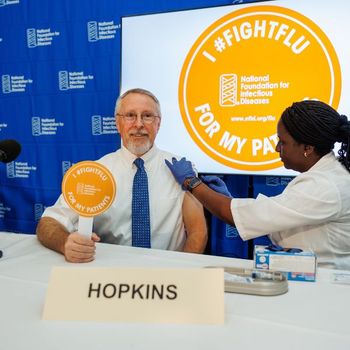
WHO, Publishers Team To Provide Medical Journals for Developing Countries
LONDON-The World Health Organization is working with the world's six largest medical journal publishers to bring the latest medical information to developing nations.
Medical journals tend to be expensive, with some of the more predominant journals asking $1500 for an annual subscription. Under United Nation's Secretary-General Kofi Annan's new Health InterNetwork program, the WHO and publishing companies have teamed to shorten the communication gap between the developed and developing worlds.
The program was created to strengthen public health services by giving public health workers the same access to timely information through an Internet portal.
The journals will be sent to countries and hospitals beginning January, 2002. Officials from both the WHO and the publishing companies will determine during the rest of 2001 who will receive the journals.
The publishing companies that will be donating their journals are: Blackwell, Elsevier Science, the Harcourt Worldwide STM Group, Wolters Kluwer International Health and Science, Springer Verlag, and John Wiley.
Information from www.washingtonpost.com
For more information about the WHO visit: www.who.org
Newsletter
Stay prepared and protected with Infection Control Today's newsletter, delivering essential updates, best practices, and expert insights for infection preventionists.






